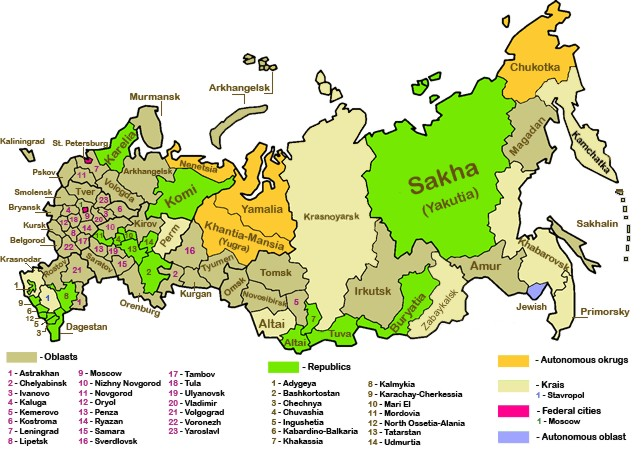Komi and imperial policy in the Arctic

For the dwellers of middle latitudes, the Pechora river basin, the Northern Ural, the Barents Sea coast are places unattractive and unsuitable for living. However, for a number of indigenous peoples it is a Homeland. Their lifestyle and habits – everything was adapted to the harsh environment. For the centuries people have been living this way, taking everything they needed from progress staying themselves.
What is so attractive for the “constituent people” in these cold lands of Komi and Nenets peoples? Without a doubt, it’s the natural resources. Back in the days – fur, fish, lumber, gems. Nowadays the subsoil resources – oil, gas, coal – have come to the forefront. With exploitation of the indigenous peoples habitat, the empire have presented them dubious gifts – russifiction, alcoholisation, collectivisation and so on.
Bolsheviks, in the moment of their weakness had to recognize the North indigenous peoples’ rights of self-determination. Particularly, on 22 August 1921, they created the Komi (Zyrians) Autonomous Oblast. At the beginning, it had wide access to the Arctic Ocean – from Chosha Bay to Kara Sea. That is, it included virtually all the territory of the present-day Nenets Autonomous Okrug, excluding Kanin Tundra with the eponymous peninsula and the oceanic islands. Uniting the lands of Komi and Nenets was not a bad idea, though it split Nenets territories, leaving the Nenets of Yamal and Taymyr locked in the east.
Part of the coast in the west has been excluded from Komi (Zyrians) AO right away, moving the border to the east of Pechora Bay. Finally, Komi has lost access to the ocean on 15 July 1929 when Nenets Okrug was created. Earlier, Komi was included to the Northern Krai still staying autonomous. Administrative reform resulting in creation of a number of huge krais, like Northern, was proved unsatisfactory. In 1936 the Northern Krai was split and Komi transformed to Autonomous Soviet Socialist Republic (ASSR). Despite the soviet failures current Russian authorities decided to make the same land consolidation mistakes, again forming the Northern Krai.
Nenets Okrug was left in Arkhangelsk Oblast, cutting Komi ASSR from the ocean in unnatural way. In 1977 the Okrug was promoted to Autonomous Okrug, still subordinating to Arkhangelsk.
29 August 1990 Komi ASSR has been among the first in Russian SFSR to proclaim the state sovereignty declaration. It allowed Komi to promote itself to Union Republic on 21 May 1991, though Soviet Union lived out its last months. According to the Constitution of Russian Federation of 1993, the states of Komi and Nenets became the subjects of federation – as republic, and autonomous okrug respectively.

Existence of continuous belt of national entities between Kazakhstan and Arctic rises their chances on self-efficiency and economic prosperity. Besides the rich hydrocarbons deposits, access to the ocean is a key factor. After all, with the global warming tendency, the issue of control over the Northeast Passage is taking the centre stage.
But the empire does everything to break this continuous belt, cutting it with russian “corridors”: Orenburg Corridor (between Kazakhstan and Bashkortostan) and Kudymkar Corridor (between Udmurtia and Komi). Excluding the Nenets lands from Komi and subordinating it to Arkhangelsk is the same story. Now the Nenets AO on administrative level is part of the Arkhangelsk Oblast, staying a subjects of federation. Complete merge with russian region puts an end to Nenets self-determination and to arctic perspectives for Komi and Idel-Ural.
That is why the nations of Volga Region should start thinking about about the announced administrative reform and stand for Nenets and Komi. An example, in fact, an opposite one, is set by Mordovia official Pyotr Tultayev, who denounced Komi national activists to prosecutors.


Leave a Reply